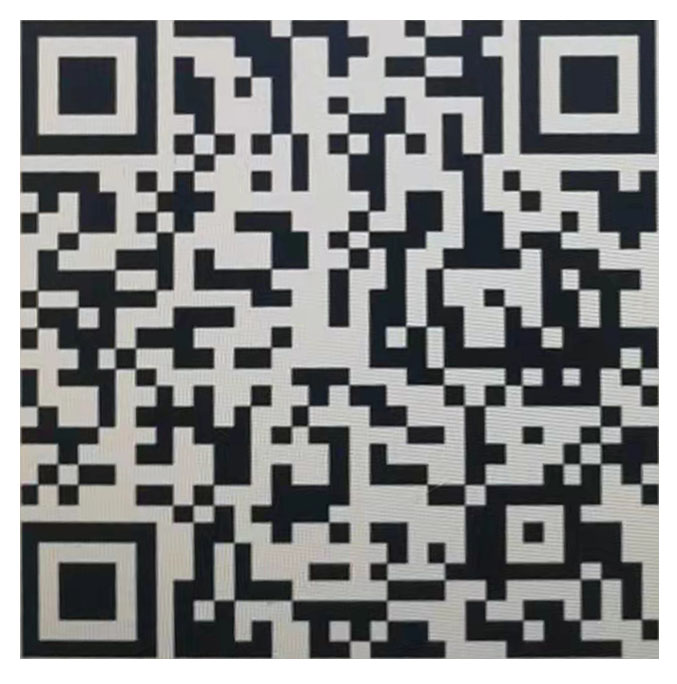Partial discharge detectors capture weak discharge signals in the insulation system of electrical equipment, evaluate insulation status, and warn potential faults. They are widely used in fields such as power, energy, and industry. The following are typical application scenarios and key requirement analysis:
1. Production and Quality Control of High Voltage Power Equipment
① Transformer factory inspection
a. Requirement: To detect manufacturing defects such as bubbles, impurities, and weak interlayer insulation in components such as windings, iron cores, and insulation paper.
b. Application: After the transformer is assembled, partial discharge is detected by pulse current method or ultra-high frequency method to ensure that the insulation performance meets the standards (such as IEC 60076, GB 1094), and to prevent unqualified products from flowing into the power grid.
② GIS (Gas Insulated Switchgear) Acceptance Testing
a. Requirement: The internal electric field of GIS is concentrated, and small defects (such as metal particles and sharp burrs) can easily cause partial discharge, leading to SF ₆ gas decomposition and insulation breakdown.
b. Application: Using ultra-high frequency (UHF) or ultrasonic methods, perform partial discharge detection during withstand voltage testing after GIS assembly, locate discharge sources, and repair defects.
③ Quality inspection of high-voltage cable accessories
a. Requirement: Accessories such as cable terminals and intermediate joints are prone to partial discharge due to improper installation processes (such as stress cone misalignment and insulation layer damage).
b. Application: Use high-frequency current sensors (HFCT) or ultrasonic sensors to detect discharge signals after the production of cable accessories, ensuring sealing and insulation performance.
2. Running equipment status monitoring and fault diagnosis
① Regular inspection of substations
a. Requirement: After long-term operation of equipment such as transformers, switchgear, lightning arresters, etc., aging of insulation materials (such as deterioration of oil paper insulation and cracking of epoxy resin) may cause partial discharge.
b. Application:
Transformer: Combining ultrasonic method (detecting mechanical vibrations caused by discharge) and ultra-high frequency method (detecting internal discharge electromagnetic waves) to monitor insulation status.
Switchgear: Transient Earth Voltage (TEV) sensors are used to detect surface discharge signals of the cabinet and quickly locate faulty cabinets.
② Online monitoring of power cables
a. Requirement: Partial discharge at the cable body or joint due to moisture or mechanical damage may cause cable breakdown accidents.
b. Application:
Online monitoring system: Continuous monitoring of discharge signals on cable grounding wires through high-frequency current sensors (HFCT), combined with threshold alarms and trend analysis to warn of faults.
Offline detection: Use ultrasonic or ultra-high frequency detectors to locate the discharge source of suspected faulty cable sections and guide excavation and repair.
③ Insulation testing for rotating electrical machines (generators, motors)
a. Requirement: The insulation of the motor stator winding may experience defects such as slot discharge and end discharge due to electrical, thermal, and mechanical stress.
b. Application: When the motor is shut down for maintenance, use pulse current method or ultrasonic method to detect partial discharge and evaluate the remaining insulation life.
3. New energy and special scenario applications
① Wind/photovoltaic power generation equipment testing
a. Requirement: Power electronic equipment (such as transformers and capacitors) in wind turbines (especially offshore wind turbines) and photovoltaic inverters are prone to partial discharge due to harsh environments (high humidity, salt spray).
b. Application:
Fan gearbox transformer: Partial discharge is detected by ultra-high frequency method or ultrasonic method to avoid shutdown due to insulation failure.
Photovoltaic combiner box: Use high-frequency current sensors to detect partial discharge at the DC side cable joints to prevent fire risks.
② Rail transit power supply system testing
a. Requirement: 25kV/27.5kV switchgear, contact network cables and other equipment in the traction power supply system of subways and high-speed trains need to be regularly tested for partial discharge to ensure train safety.
b. Application: Using a portable partial discharge detector combined with ultrasonic and TEV methods for rapid inspection of switchgear, reducing maintenance time.
③ Electrical equipment testing for nuclear power plants/chemical plants
a. Requirement: Equipment such as main transformers in nuclear power plants and explosion-proof switchgear in chemical plants require extremely high insulation reliability, and partial discharge detection needs to meet high sensitivity and anti-interference requirements.
b. Application:
Nuclear power plant: Using ultra-high frequency method combined with phase resolved pulse sequence (PRPS) spectrum analysis to accurately locate discharge types (such as internal discharge and surface discharge).
Chemical plant: Adopting intrinsic safety (IS) partial discharge detector to safely detect partial discharge of switchgear in explosion-proof areas.
4. Research and experimental studies
① Research on Aging and Breakdown Mechanism of Insulation Materials
a. Requirement: Study the development law of partial discharge of insulation materials (such as oil paper, epoxy resin) under different electric fields and temperature conditions.
b. Application: Using a high-precision pulse current detector in the laboratory, combined with a high-speed camera or infrared thermal imager, to analyze the correlation between partial discharge and insulation degradation.
② Research and development testing of new electrical equipment
a. Requirement: Verify the insulation performance of new high-voltage equipment, such as environmentally friendly gas insulated switches and superconducting transformers.
b. Application: By using multiple methods such as ultra-high frequency and ultrasonic testing, evaluate the partial discharge characteristics of equipment under extreme working conditions.

The ZC-830 partial discharge detector can be widely used for partial discharge detection in power systems, including high-voltage switchgear, ring main unit, voltage/current transformers, and transformers (including dry-type transformers) GIS、 Insulation state detection of overhead lines, cables and other equipment
Kvtester Electronics Technology Co.,Ltd. is a high-tech enterprise specializing in power testing, testing, research and development, production, and sales of testing equipment. It has been engaged in the electrical testing industry for many years, and its products are of high quality. We welcome customers to come and purchase. Service hotline: 0086-27-81778799, to learn more, visit the official website: www.kvtester.com





